Force Levels in Diyala Province
October 17, 2007 - Wesley Morgan
The brigade responsible for most of Diyala in 2007 is rotating home, beginning the drawdown of U.S. troops. Yet force levels in Diyala will remain constant.

The brigade responsible for most of Diyala in 2007 is rotating home, beginning the drawdown of U.S. troops. Yet force levels in Diyala will remain constant.

Wahash and Iskan constitute a key conflict zone between Shi'a and Sunni militias in West Baghdad.
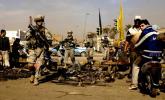
The Rusafa security district provides an interesting look at a complex Baghdad neighborhood with strategic significance and changing demographics.
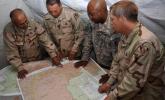
There is perhaps no greater danger to the success of American efforts in Iraq than the prospect of a congressionally mandated timeline for withdrawal.
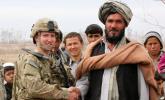
The refrain of ‘concerned citizens’ and ‘reconciliation’, so familiar in the news emanating from places like Anbar and Diyala, has found a degree of resonance in the Iraqi capital.
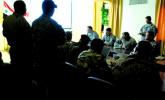
They call themselves Farsan Al Rafidayn, the Knights of the Two Rivers. And in Ameriya, a formerly wealthy district of western Baghdad, they have turned on al Qaeda,
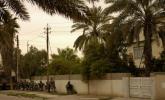
Baghdad's Mansour district shows the competition between enemy groups for territory in Baghdad, the effect of the troop surge, and problems with Iraqi governance.
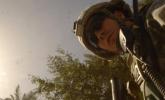
Operations and events on the ground are already showing successes well beyond Baghdad in Anbar, Diyala and Salah ad-Din provinces--formerly al-Qaeda strongholds and hotbeds of the Sunni insurgency.
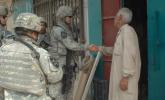
The Dora market is an amazing success story and a small part of the critically important success that U.S. forces have achieved in the heart of a neighborhood that had been one of AQI's strongholds.
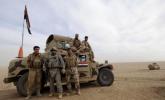
This is the first in a series of reports profiling the units of the 6th Iraqi Army Division. The units discussed here are located west and south of Baghdad.